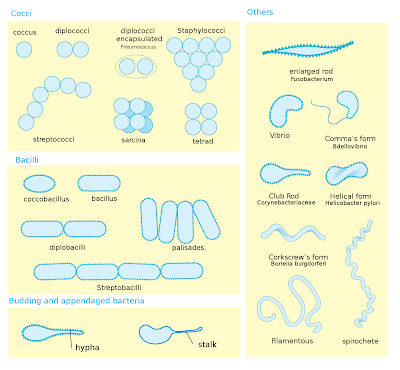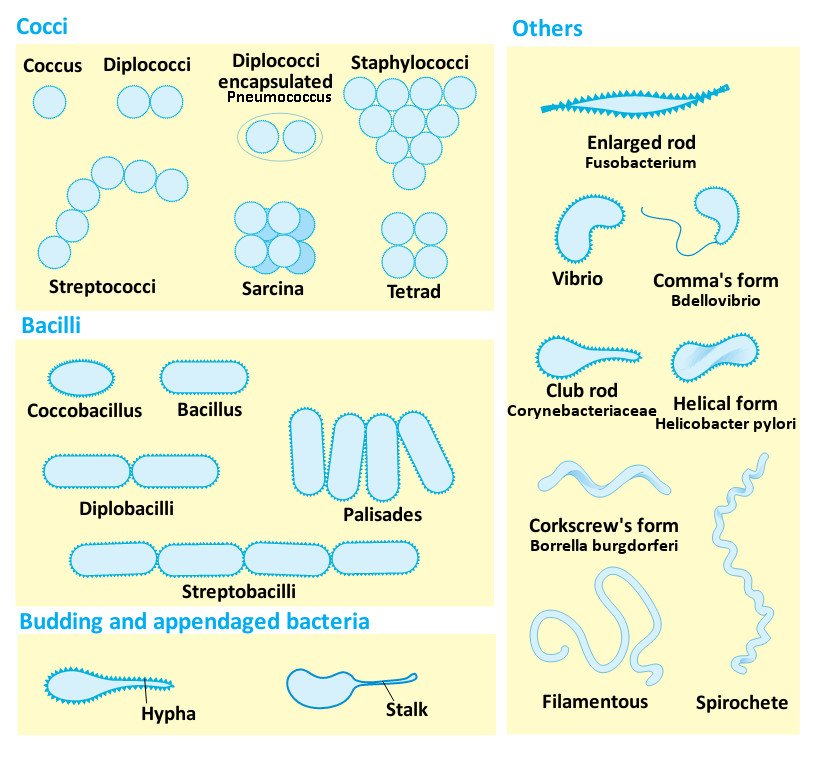

In either case the cross-linking serves to increase the strength of the overall structure, with more strength derived from complete cross-linking, where every tetrapeptide is bound in some way to a tetrapeptide on another NAG-NAM chain. In many gram positive bacteria there is a cross-bridge of five amino acids such as glycine ( peptide interbridge) that serves to connect one tetrapeptide to another. The tetrapeptides can be directly cross-linked to one another, with the D-alanine on one tetrapeptide binding to the L-lysine/ DPA on another tetrapeptide. Typically only the L-isomeric form of amino acids are utilized by cells but the use of the mirror image D-amino acids provides protection from proteases that might compromise the integrity of the cell wall by attacking the peptidoglycan. The four amino acids that compose the tetrapeptide are: L-alanine, D-glutamine, L-lysine or meso-diaminopimelic acid (DPA), and D-alanine. The chains are cross-linked to one another by a tetrapeptide that extends off the NAM sugar unit, allowing a lattice-like structure to form. Peptidoglycan is a polysaccharide made of two glucose derivatives, N-acetylglucosamine (NAG) and N-acetylmuramic acid (NAM), alternated in long chains. Let us start with peptidoglycan, since it is an ingredient that both bacterial cell walls have in common. And lastly, the bacterial cell wall can contribute to the pathogenicity or disease –causing ability of the cell for certain bacterial pathogens. That is a lot of pressure for the plasma membrane to withstand! The cell wall can keep out certain molecules, such as toxins, particularly for gram negative bacteria.

Studies have actually shown that the internal pressure of a cell is similar to the pressure found inside a fully inflated car tire. Since water can freely move across both the cell membrane and the cell wall, the cell is at risk for an osmotic imbalance, which could put pressure on the relatively weak plasma membrane. It protects the cell from osmotic lysis, as the cell moves from one environment to another or transports in nutrients from its surroundings. It also helps maintain the cell shape, which is important for how the cell will grow, reproduce, obtain nutrients, and move. The bacterial cell wall performs several functions as well, in addition to providing overall strength to the cell. The cell walls of eukaryotic microbes are typically composed of a single ingredient, like the cellulose found in algal cell walls or the chitin in fungal cell walls. But both bacterial cell wall types contain additional ingredients as well, making the bacterial cell wall a complex structure overall, particularly when compared with the cell walls of eukaryotic microbes. This particular substance hasn’t been found anywhere else on Earth, other than the cell walls of bacteria. It’s an additional layer that typically provides some strength that the cell membrane lacks, by having a semi-rigid structure.īoth gram positive and gram negative cell walls contain an ingredient known as peptidoglycan (also known as murein). \)Ī cell wall, not just of bacteria but for all organisms, is found outside of the cell membrane.


 0 kommentar(er)
0 kommentar(er)
